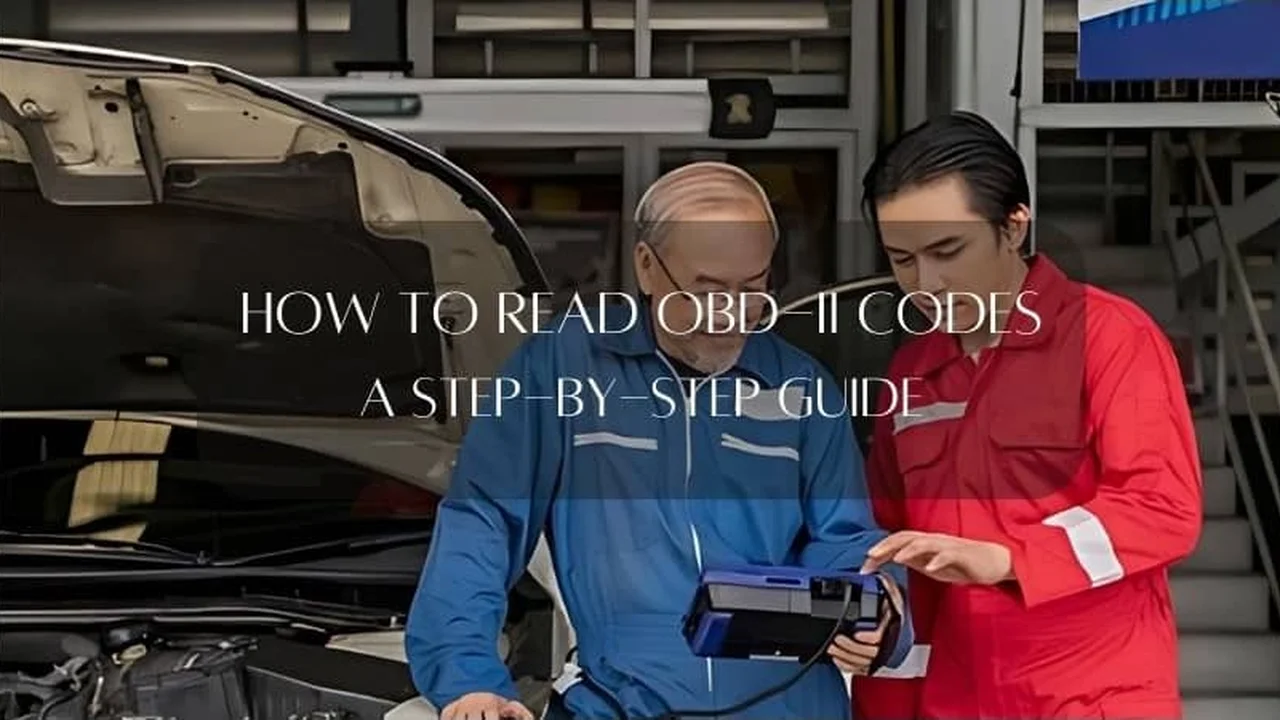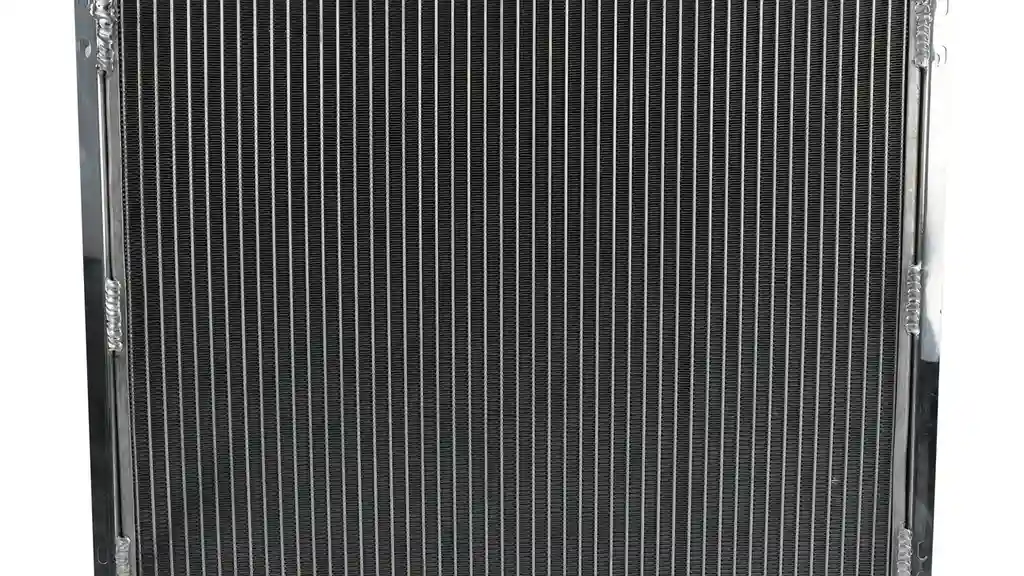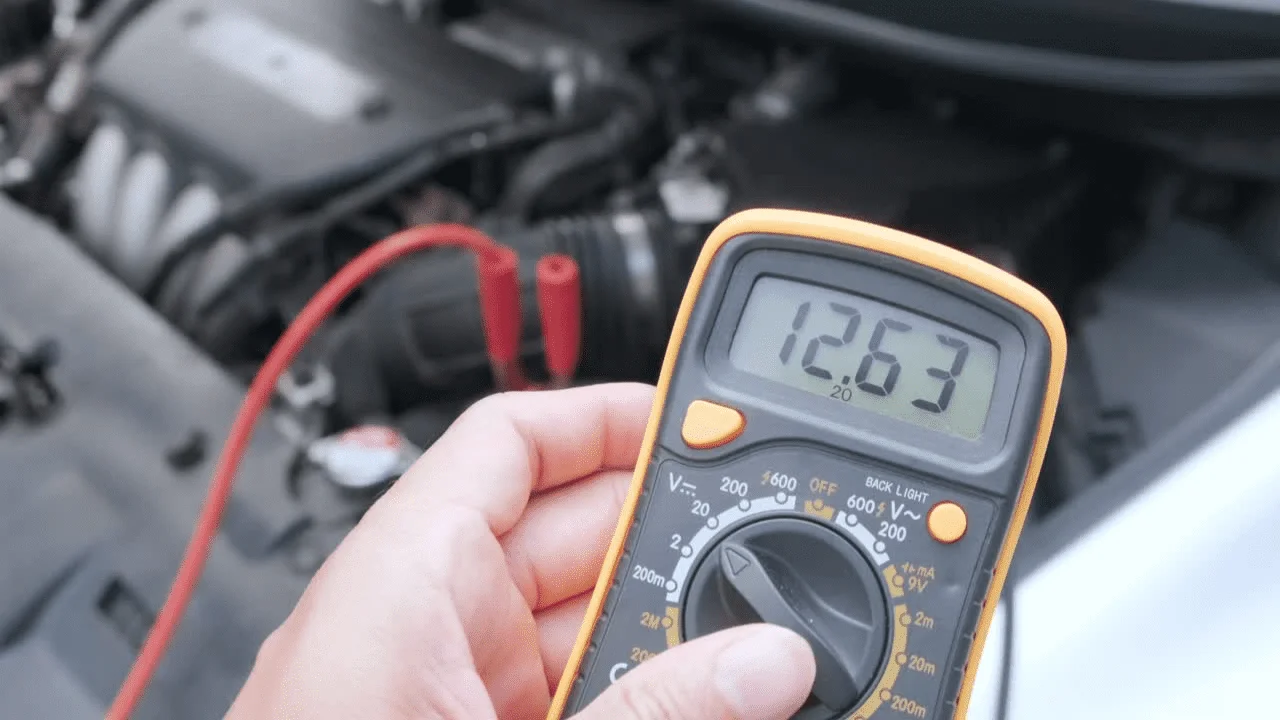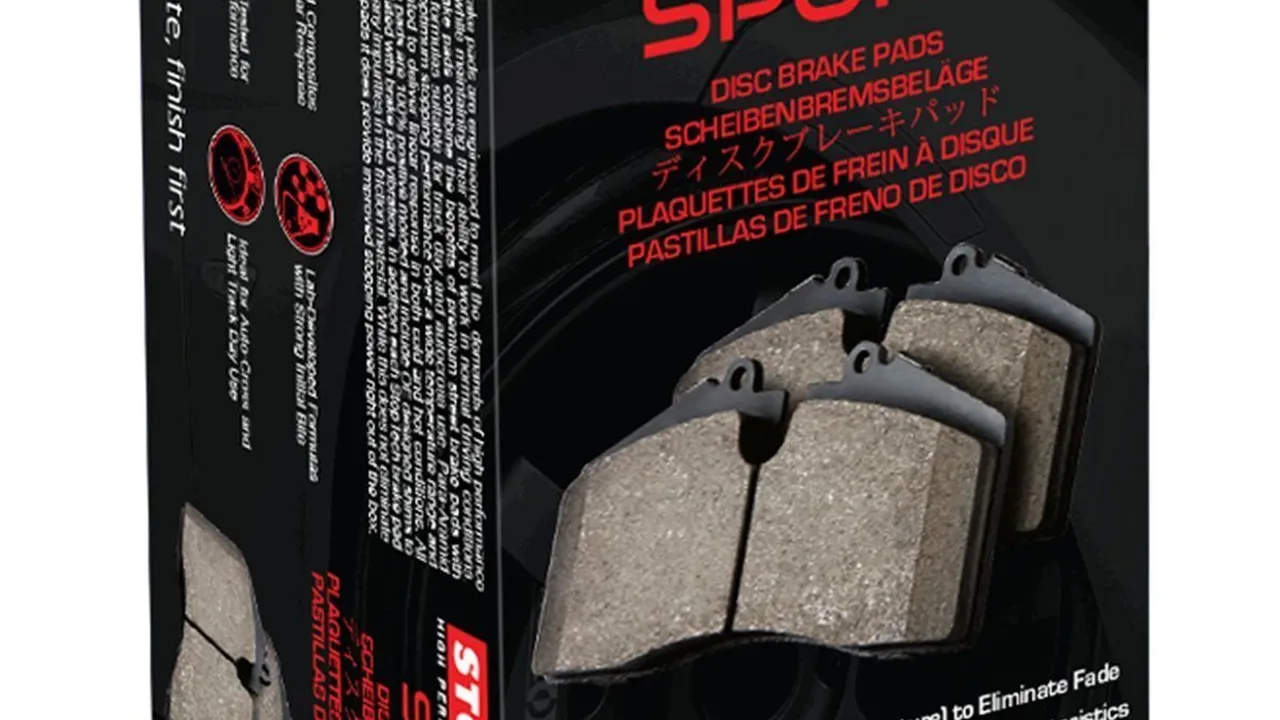How to Read and Interpret OBD2 Codes: A Beginner's Guide
OBD2 codes provide valuable information about engine problems. This guide explains how to read and interpret OBD2 codes, helping you pinpoint the source of the issue. Decipher OBD2 codes and take the first step towards resolving engine problems.

Understanding OBD2 What is it and Why Should You Care
Okay, let's dive into the world of OBD2, or On-Board Diagnostics II. Think of it as your car's built-in doctor, constantly monitoring various systems and components. When something goes wrong, it throws a code, kind of like a digital cry for help. But why should you, the average driver or aspiring gearhead, care about these codes?
Well, ignoring these codes is like ignoring a persistent cough – it might go away on its own, but it could also be a sign of something serious. Understanding OBD2 codes can save you money on unnecessary repairs, help you diagnose problems early, and even give you a better understanding of how your car works. Plus, knowing your way around OBD2 can impress your mechanic!
The Basics of OBD2 Systems and Their Functions
The OBD2 system is essentially a network of sensors and computers that monitor your engine, transmission, emissions, and other vital systems. These sensors constantly feed data to the car's computer, or ECU (Engine Control Unit). The ECU compares these readings against pre-programmed parameters. If a reading falls outside the acceptable range, the ECU triggers a Diagnostic Trouble Code (DTC), also known as an OBD2 code, and illuminates the Check Engine Light (CEL) on your dashboard. The CEL is your car's way of saying, "Hey, something's not right here!"
Think of it like this: your car has a set of expectations for how things should be running. When those expectations aren't met, it throws a flag. The OBD2 system is there to catch those flags and tell you what's going on.
Essential Tools for Reading OBD2 Codes OBD2 Scanners and Apps
To actually read these codes, you'll need a tool called an OBD2 scanner. There are two main types: dedicated scanners and smartphone apps that connect to an OBD2 adapter. Let's take a closer look at each:
- Dedicated OBD2 Scanners: These are standalone devices specifically designed to read and clear OBD2 codes. They range in price from around $20 for basic models to several hundred dollars for professional-grade scanners with advanced features like live data streaming and bidirectional control.
*Example: Autel AL319 ($30-$40)* - Great for beginners. Reads and clears codes, displays freeze frame data.
*Example: Innova 3100j ($80-$100)* - More features, including battery and charging system testing. - OBD2 Adapters and Smartphone Apps: These adapters plug into your car's OBD2 port and communicate with your smartphone or tablet via Bluetooth or Wi-Fi. You'll need to download a compatible app to read and clear codes. This option is often more affordable than a dedicated scanner, and the apps can offer a wide range of features.
*Example: Veepeak Mini Bluetooth OBD2 Scanner ($20-$30) + Torque Pro App (Android $5)* - A popular and affordable combination.
*Example: OBDLink MX+ ($100-$130) + BimmerCode/AlfaOBD (Varies)* - Higher-end adapter, compatible with various apps and vehicle makes.
Choosing the right tool: For basic code reading and clearing, a simple scanner or adapter/app combo will suffice. If you're planning on doing more in-depth diagnostics, or if you work on cars professionally, a more advanced scanner is a worthwhile investment.
Decoding OBD2 Codes Understanding the Code Structure
OBD2 codes are standardized across all vehicles sold in the US since 1996, which is great news for consistency. Each code consists of five characters: one letter followed by four numbers. Let's break down what each character represents:
- The First Character (Letter): Indicates the system the code relates to:
- P: Powertrain (engine, transmission)
- B: Body (airbags, power windows)
- C: Chassis (ABS, suspension)
- U: Network (communication between control modules)
- The Second Character (Number): Indicates whether the code is generic or manufacturer-specific:
- 0: Generic (SAE) code - common to all vehicles
- 1, 2, or 3: Manufacturer-specific code - unique to a particular vehicle brand
- The Third Character (Number): Indicates the specific subsystem:
- 1: Fuel and Air Metering
- 2: Fuel and Air Metering (Injector Circuit)
- 3: Ignition System or Misfire
- 4: Auxiliary Emission Controls
- 5: Vehicle Speed Controls and Idle Control System
- 6: Computer Output Circuit
- 7: Transmission
- 8: Transmission
- The Fourth and Fifth Characters (Numbers): Provide further detail about the specific fault within the subsystem. These are the most specific part of the code.
Example: P0301
- P: Powertrain
- 0: Generic code
- 3: Ignition System or Misfire
- 01: Cylinder 1 misfire
So, P0301 tells you that there's a generic (SAE) problem related to the ignition system or misfire, and the specific issue is a misfire in cylinder 1. Not so scary now, right?
Common OBD2 Codes and Their Meanings A Quick Reference Guide
While there are thousands of possible OBD2 codes, some are more common than others. Here's a quick rundown of some frequently encountered codes and their potential causes:
- P0171/P0174: System Too Lean (Bank 1/Bank 2): Indicates that the engine is running with too much air and not enough fuel. Potential causes include vacuum leaks, a faulty MAF sensor, or a clogged fuel filter.
- P0300: Random Misfire Detected: Indicates that the engine is experiencing misfires in multiple cylinders. Potential causes include faulty spark plugs, ignition coils, or fuel injectors.
- P0420: Catalyst System Efficiency Below Threshold (Bank 1): Indicates that the catalytic converter is not functioning properly. This could be due to a faulty catalytic converter, a damaged oxygen sensor, or exhaust leaks.
- P0442: Evaporative Emission Control System Leak Detected (Small Leak): Indicates a small leak in the evaporative emissions system. This could be due to a loose gas cap, a cracked fuel line, or a faulty purge valve.
- P0507: Idle Air Control System RPM Higher Than Expected: Indicates that the engine idle speed is higher than normal. This could be due to a faulty idle air control valve, a vacuum leak, or a throttle body issue.
Remember: These are just potential causes. Further diagnosis is always necessary to pinpoint the exact problem.
Step-by-Step Guide to Reading and Interpreting OBD2 Codes
Okay, let's walk through the process of reading and interpreting OBD2 codes:
- Plug in your OBD2 scanner or adapter: Locate the OBD2 port in your car. It's usually located under the dashboard on the driver's side. Plug in your scanner or adapter.
- Turn on the ignition: Turn the ignition key to the "on" position, but don't start the engine.
- Connect your smartphone or tablet (if using an adapter): Pair your smartphone or tablet with the adapter via Bluetooth or Wi-Fi.
- Launch the OBD2 app or scanner software: Open the app or power on the scanner.
- Read the codes: Select the option to read diagnostic trouble codes (DTCs). The scanner or app will display any stored codes.
- Record the codes: Write down the codes and their descriptions.
- Research the codes: Use online resources, repair manuals, or your scanner's built-in database to research the meaning of each code.
- Diagnose the problem: Based on the code descriptions and your research, start diagnosing the potential causes of the problem.
Pro Tip: Many scanners and apps will provide possible causes and troubleshooting tips for each code. Use these resources to help you narrow down the problem.
Beyond Code Reading Advanced Diagnostics and Troubleshooting Techniques
Reading OBD2 codes is just the first step. Once you have a code, you'll need to perform further diagnostics to pinpoint the exact cause of the problem. Here are some advanced techniques you can use:
- Live Data Streaming: Many scanners offer live data streaming, which allows you to monitor various engine parameters in real-time. This can be invaluable for diagnosing intermittent problems or identifying sensor malfunctions. For example, you can watch the MAF sensor reading while revving the engine to see if it's responding properly.
- Freeze Frame Data: Freeze frame data captures a snapshot of engine conditions at the moment the code was triggered. This can provide valuable clues about what was happening when the problem occurred.
- Sensor Testing: Use a multimeter to test the voltage, resistance, or frequency of various engine sensors. This can help you determine if a sensor is functioning properly.
- Visual Inspection: Carefully inspect wiring harnesses, vacuum lines, and other components for signs of damage or wear.
- Smoke Testing: Use a smoke machine to introduce smoke into the intake system and identify vacuum leaks.
Clearing OBD2 Codes When and How to Do It Safely
Once you've diagnosed and repaired the problem, you'll need to clear the OBD2 code and turn off the Check Engine Light. Here's how to do it safely:
- Ensure the problem is fixed: Don't clear the code until you're sure the underlying problem has been resolved. Clearing the code without fixing the problem will only result in the code returning.
- Use your OBD2 scanner or app: Select the option to clear diagnostic trouble codes (DTCs).
- Verify the code is cleared: Turn off the ignition and then turn it back on. Check to see if the Check Engine Light is off.
- Monitor for recurrence: Drive the car for a few days and monitor for the code to return. If the code returns, it indicates that the problem was not fully resolved.
Important Note: Clearing OBD2 codes can erase valuable diagnostic information. Only clear the codes after you've diagnosed and repaired the problem.
OBD2 Code Resources Online and Offline Tools for Further Assistance
There are tons of resources available to help you understand OBD2 codes. Here are some of the best:
- Online Databases: Websites like OBD-Codes.com and AutoCodes.com offer comprehensive databases of OBD2 codes and their meanings.
- Repair Manuals: Repair manuals for your specific vehicle will provide detailed information about OBD2 codes and troubleshooting procedures.
- Online Forums: Online forums dedicated to automotive repair can be a great source of information and support.
- Your Mechanic: Don't hesitate to consult with a qualified mechanic if you're unsure about how to diagnose or repair a problem.
Real World Examples and Case Studies of Using OBD2 Codes for Diagnostics
Let's look at a couple of real-world examples of how OBD2 codes can be used to diagnose problems:
- Case Study 1: P0171 on a Honda Civic: A customer reported a Check Engine Light on their Honda Civic. The OBD2 code was P0171 (System Too Lean, Bank 1). After inspecting the engine, the mechanic found a cracked intake manifold gasket. Replacing the gasket resolved the lean condition and the code was cleared.
- Case Study 2: P0300 on a Ford F-150: A customer reported a rough-running engine on their Ford F-150. The OBD2 code was P0300 (Random Misfire Detected). After performing a compression test, the mechanic discovered that one of the cylinders had low compression. This indicated a problem with the valves or piston rings. The engine required a rebuild to resolve the misfire.
These examples illustrate how OBD2 codes can provide valuable clues about the underlying problem, guiding the diagnostic process and helping mechanics to pinpoint the root cause.
Advanced Tips and Tricks for More Effective OBD2 Diagnostics
Here are some advanced tips and tricks to help you become a more effective OBD2 diagnostician:
- Don't just replace parts based on the code: Always perform thorough diagnostics to confirm the root cause of the problem before replacing any parts. Replacing parts based solely on the code can be costly and ineffective.
- Pay attention to the context: Consider the symptoms the vehicle is exhibiting, the driving conditions when the code was triggered, and any recent repairs or maintenance that have been performed.
- Use a systematic approach: Follow a logical and systematic approach to diagnosing the problem. Start with the most likely causes and work your way down the list.
- Don't be afraid to ask for help: If you're stuck, don't be afraid to ask for help from a qualified mechanic or online forum.
By understanding OBD2 codes and mastering the art of diagnostics, you can save money, improve your car's performance, and become a more knowledgeable and confident car owner. Happy wrenching!
:max_bytes(150000):strip_icc()/277019-baked-pork-chops-with-cream-of-mushroom-soup-DDMFS-beauty-4x3-BG-7505-5762b731cf30447d9cbbbbbf387beafa.jpg)






